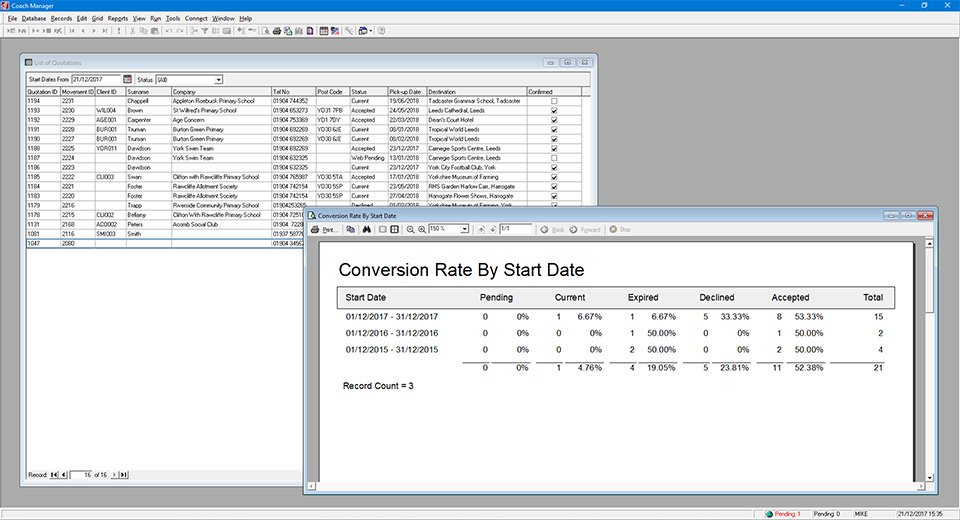

Then, he gave me his company Action Plan and future meeting agendas and asked me to “edit” them and look for structural and grammatical mistakes make it clear and readable for clients. He is also wants me to help with this book by first “proofreading” in Spanish what he has already written, and then by “translating” into English. He asked me to help him “proofread” his Action Plan and Company Manuals. However, during our meeting, he brought up several things for me to do. I am working with a VP who originally reached out to me to help him write his book. Thank you so much for the Copy-writing sample invoice.
#TASK COACH SEND TO INVOICE HOW TO#
Need help with your business finances? Here’s more info:Ĭopywriting Q&A: By the Minute? The Hour? The Word? How You Should ChargeĬopywriting Q&A: How to Negotiate Your SalaryĬopywriting Q&A: Why Work Bidding Sites Are Bad NewsĬopywriting Q&A: Freelancing? Contracting? Which is Which? Your turn! Do you have a different invoice layout? Let us know in the comments below! Here’s an example of what a project billed by the hour invoice might look like: Invoice for Copywriting ServicesĪBC Company promotional pieces for trade show Thank you!” The “payable upon receipt” lets them know they should pay you right away and the “thank you” is, well, nice. If you’re billing by the hour, you can list the task you did and the rate in the left column (Magazine ad at $50/hr), create a middle column for hours (4.5) and then the right column can be the cost for that task ($225)Īt the end of either one, write “Total Due” and the total, followed by “Payable upon receipt. This might be something like, “Four magazine ads and two brochures” in the left column. If you’re billing by the project, describe the project in the left column and put the amount you’re billing for in the right one. (If they have questions about your invoice, you want to make sure they can find you!)īelow that, create section that says: “Project” and write a short description of the project something like “Copy for holiday print campaign.” Try to keep it to less than seven or eight words.īelow that, list out all of the work you did for the project.

Open a word doc and write something along the lines of “Invoice for Copywriting Services”.īelow that, create a “To:” section and write the name of your client, the company and any contact information like phone number, email address and/or address.īelow that, create a “From:” section and write your name, your email address, your address and your phone number. The invoice, itself, doesn’t have to be complicated at all. So take a tip from me and cultivate a good habit: As soon as you get the A-OK on your project from your client, open up a word doc, complete your invoice and send it. Invoicing is how we get paid! It should be the part of the job that we do fastest! But more often, it isn’t.

The reason for that is that the vast majority of creatives, copywriters and designers alike, drag their feet when it comes to invoicing.īelieve me, it makes absolutely no sense. You may have noticed I place a teeny bit of emphasis before “next step” there. The first thing to do after you wrap up a project? Celebrate! You got a client, you delivered the work, you made them happy and you’re done! The absolute, very, very next step? Invoicing. who asks, “I’m about to finish a project with a client, but I have no idea how to get paid when I’m done. (Neither of which is very good for business.) So let’s buckle up and get this invoicing conversation on the road. Yet, many copywriters over-complicate the invoicing process or, worse, put it off indefinitely. Once the project is complete and the job is all wrapped up comes the good part: getting paid.


 0 kommentar(er)
0 kommentar(er)
